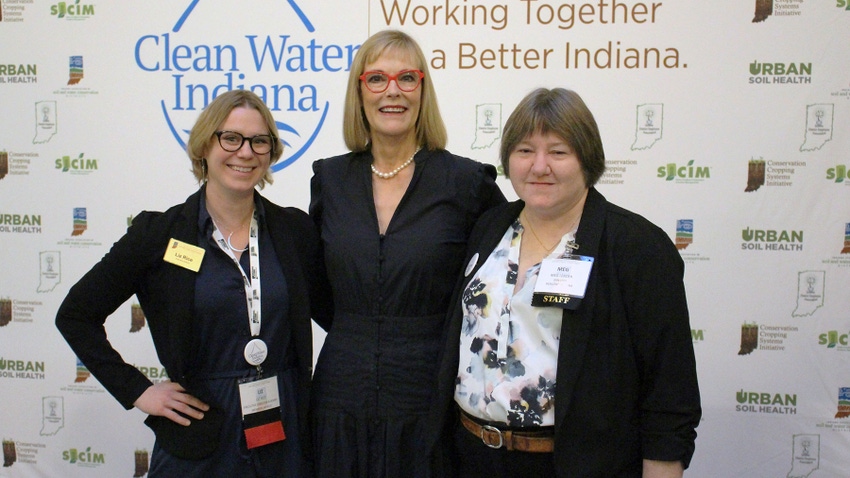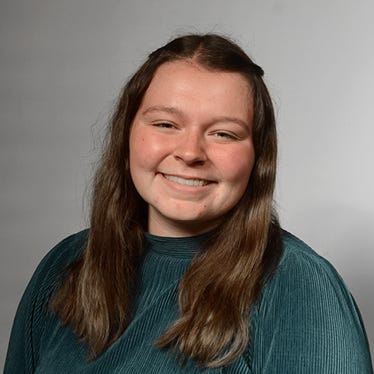April 8, 2024

Communicating what you need can be difficult sometimes. I’m guilty of hoping for something to happen but not doing anything to make it known that I’d like it to happen.
The same applies to your local soil and water conservation district. SWCDs receive a significant amount of funding each year from the state Legislature through Clean Water Indiana. That funding is then allocated to local districts and funneled into programs based on what the communities say they need.
How Clean Water Indiana funding works
The Legislature determines the amount that will be allocated to CWI every two years. That amount has been stuck at $1 million per year since the 1990s, but the Indiana Association of Soil and Water Conservation Districts has lobbied to increase funding. In 2023, the funding was bumped up to $6 million per year.
Historically, each SWCD has been able to access up to $10,000 per year, but the funding increase will now allow for every district to access up to $20,000 per year. Additional funding is approved by the State Soil Conservation Board through requests submitted by individual districts. This is where communication plays a large role.
“We’re really focused on locally driven leadership and voluntary practices when it comes to natural resource concerns,” says Liz Rice, executive director of IASWCD. She explains that it’s important to hear from local SWCD staff about what their communities need so the funding can end up in the right place.
New conservation programs
Some new programs addressing needs are already rolling out following the increased CWI dollars. For example, Rice says IASWCD will launch the Resilient Indiana Technical Assistance program, with 25% of funds coming from CWI and 75% from federal funding.
Through RITA, conservation technicians will be placed around the state to get boots on the ground and directly help local districts with their programs and workloads. They’ll make it easier for your local SWCD to share information about conservation resources and provide technical assistance if needed.
“This isn’t like a regulatory thing,” Rice adds. “It’s more like, ‘Hey, what are your resource concerns? What are your operation profitability concerns? How can conservation help you achieve those goals?’”
That program was developed by listening to producers’ challenges and finding a way to bring that assistance to them. Without communities speaking up, that program may not have been created. What else is your community lacking that could be addressed through district funding in your county? It’s as simple as visiting your local district to make those gaps known.
CWI dollars and other federal funds also fuel cost-share programs. Sharing your interest in trying new practices such as cover crops with your local SWCD can help the staff apply for the funds to bring those cost-share possibilities to your district.
I understand that it can seem cumbersome to bring your concerns and needs to someone else for help and advice, but in this situation, the funding is already there. Your local SWCD just needs you to use the resources available and share more about what else you’d like to see. Most SWCD meetings are monthly, but you can stop by your district office to learn more.
Read more about:
Clean Water IndianaAbout the Author(s)
You May Also Like






